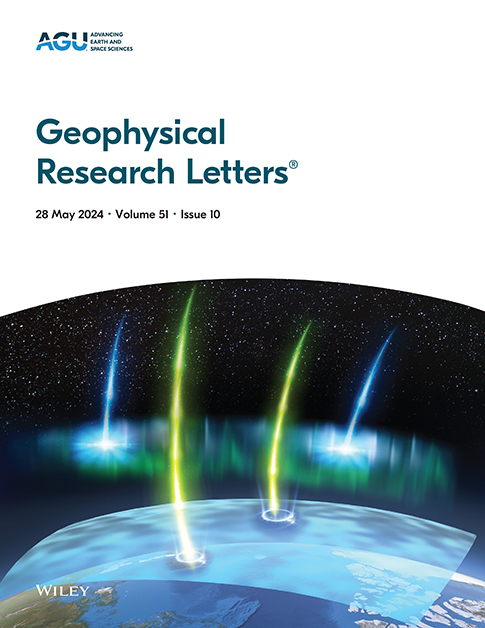冰习性模式对被动微波降雪率反演的影响
IF 4.6
1区 地球科学
Q1 GEOSCIENCES, MULTIDISCIPLINARY
引用次数: 0
摘要
本文研究了由星载被动微波观测得出的冰习性模型对降雪率的影响。SFR反演对冰习性假设高度敏感。基于云廓线雷达、ERA5和美国国家海洋和大气管理局阶段IV的SFR比较表明,致密和球形颗粒倾向于高估SFR,而大多数非球形颗粒倾向于低估SFR。在最极端的情况下,SFR偏差相差超过200%。虽然有几种冰习惯在全球范围内表现良好,但冰习惯的最佳选择取决于环境:中空的子弹花环在潮湿和温暖的条件下效果很好,而固体的冰球则在寒冷和干燥的条件下表现出色。机器学习模型通过根据环境条件调整其贡献,将多种冰习性集成到SFR算法中。与单一冰习惯方法相比,这种多冰习惯方法总体上提高了统计指标约10%(在深云中提高了40%)。本文章由计算机程序翻译,如有差异,请以英文原文为准。
The Effects of Ice Habit Models on Passive Microwave Snowfall Rate Retrievals
This work examines the impact of ice habit models on snowfall rate (SFR) derived from space-borne passive microwave observations. SFR retrieval is highly sensitive to ice habit assumptions. Comparisons of the SFRs based on Cloud Profiling Radar, ERA5, and National Oceanic and Atmospheric Administration Stage IV indicate that dense and sphere-like particles tend to overestimate SFR, whereas most non-spherical particles underestimate it. SFR biases differ by more than 200% between the most extreme cases. Although several ice habits perform well globally, an optimal choice of ice habit is environmentally dependent: A hollow bullet rosette works well in moist and warm conditions, whereas a solid ice sphere excels in cold and dry conditions. A machine learning model integrates multiple ice habits into the SFR algorithm by adjusting their contributions based on environmental conditions. This multi-ice habit approach improves statistical metrics by ∼10% overall (by 40% in deep clouds) compared to a single ice habit method.
求助全文
通过发布文献求助,成功后即可免费获取论文全文。
去求助
来源期刊

Geophysical Research Letters
地学-地球科学综合
CiteScore
9.00
自引率
9.60%
发文量
1588
审稿时长
2.2 months
期刊介绍:
Geophysical Research Letters (GRL) publishes high-impact, innovative, and timely research on major scientific advances in all the major geoscience disciplines. Papers are communications-length articles and should have broad and immediate implications in their discipline or across the geosciences. GRLmaintains the fastest turn-around of all high-impact publications in the geosciences and works closely with authors to ensure broad visibility of top papers.
 求助内容:
求助内容: 应助结果提醒方式:
应助结果提醒方式:


